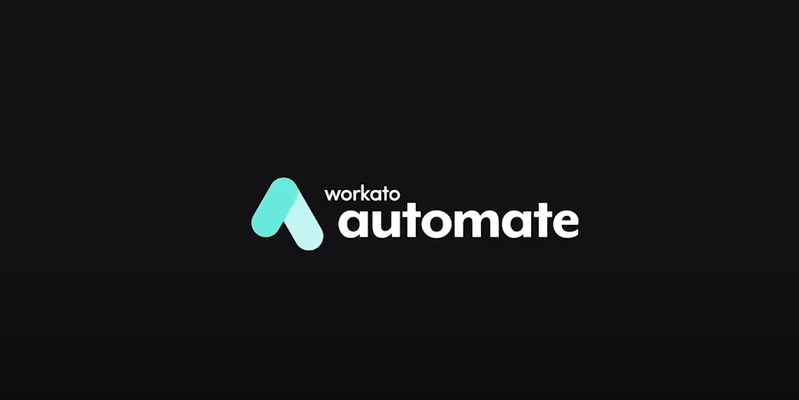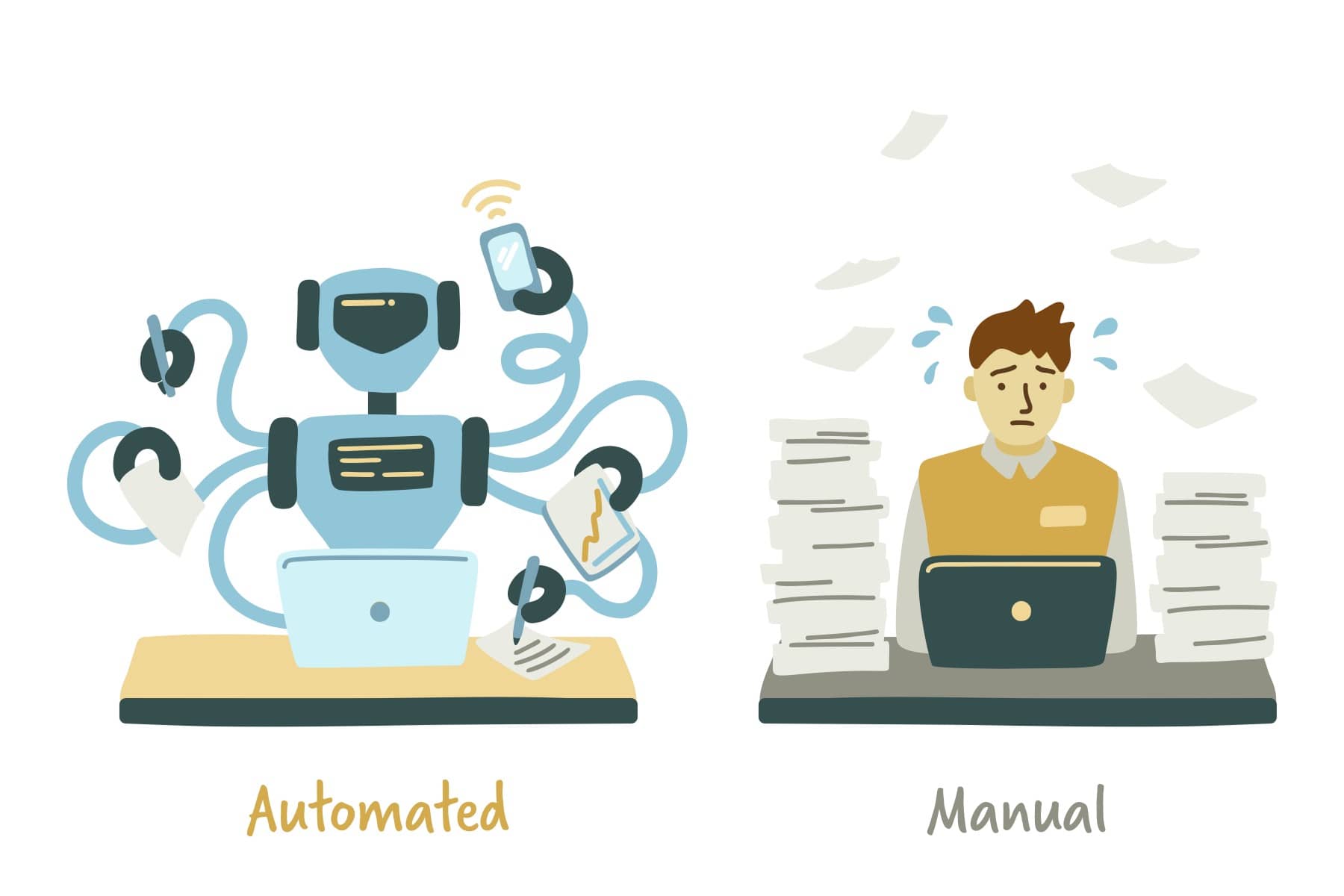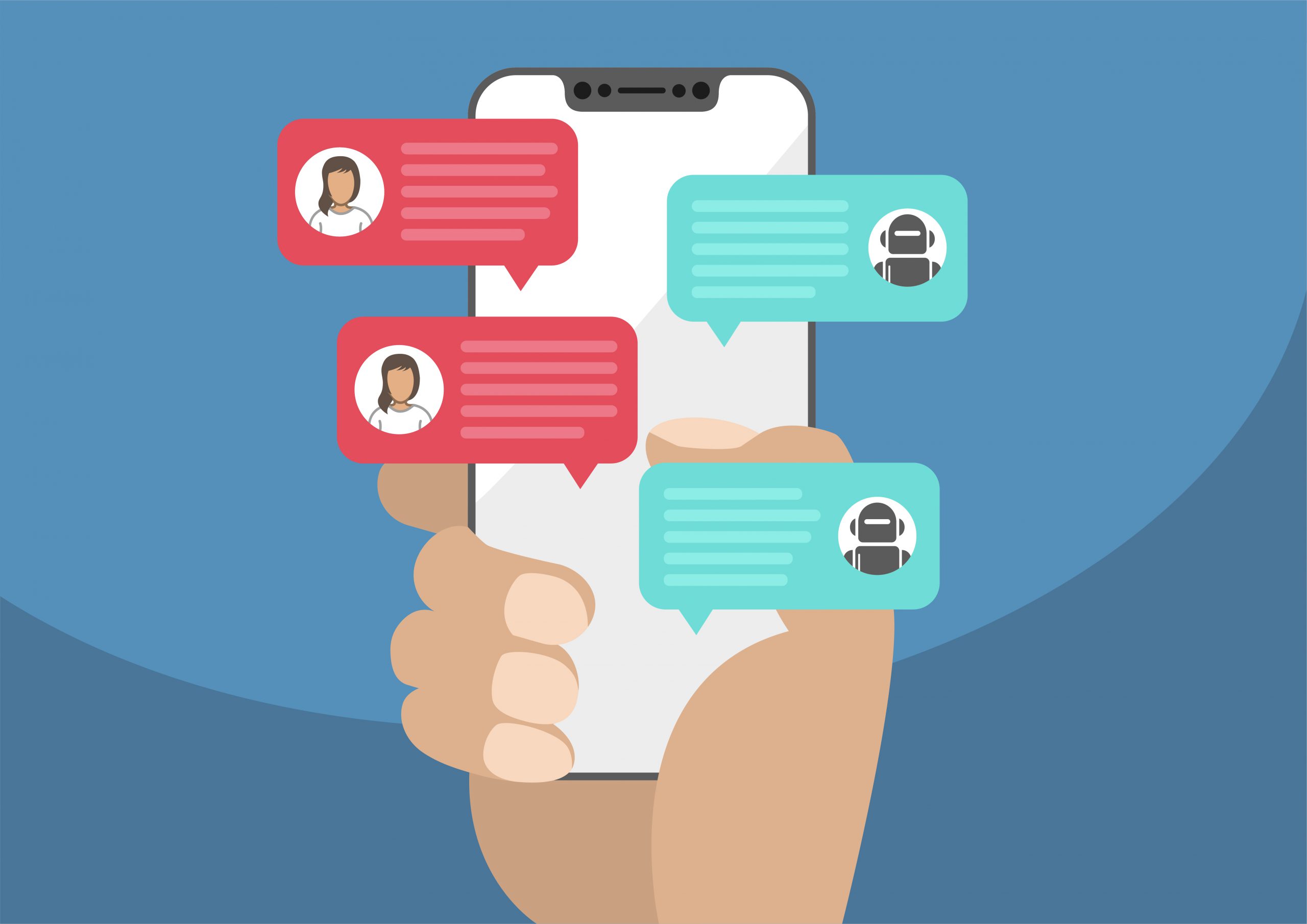Sign Up for Our
Updates
By design, automation and Ai makes our lives easier, solving problems caused by the nature of human error. As a result, ai and automation are on a steady rise with no sign of slowing down. However, the more acclimated to it we become, the more numb we get to applications of automation and AI, which come very close to crossing the line of ethics. Would you let an algorithm make a life-changing decision for you? Are we getting awry with too much?
What is the true impact of technological advancement?
There will always be an adverse reaction to new technologies, sometimes even fear; this is a typical human response to new things. In extreme minority cases, eccentric conspiracies can stem, such as ‘5G is deadly’, ‘trains being too fast for souls’ (that’s a much older example) or ‘vaccines are microchips’.
Concerns involving the forecasting of technology fundamentally changing humans are predictably incorrect when judged logically, but naturally, these pick up the most traction. However, the vast majority of concerns carry partial truth and are perfectly valid when discussing the ethics of said technological development.
A great model of this is the development of cameras; “digital technology will destroy industries that cater to analogue film, cassette tapes, or vinyl records etc.”. This was true in the sense that analogue film became a niche, but it is still widely used today and certainly didn’t cause total infarction of the industry.
However, I don’t mean to say that technological transformations have never killed an industry.
I remember spending a week with a designer last summer, and his studio walls could pass as a Rauschenburg collage. A mix of his best work, found art, inspiration, icons and even objects - the 21st Century would have called this a Pinterest board. But he was a true traditionalist and I was humbled to pencil and paper for that week. Yet one thing that stuck with me was when he vividly recited his experience watching the world grow the internet and adapt computers into the workplace. As the demand for computers grew, the demand for traditional copywriters, marketing designers and artists drowned, and thousands didn’t survive the change. This fate has been evident in other industries too, with Blockbuster video, Toys’r’us and KMart being some of the most famous.
The Human vs. Robot War
When discussing the ethics of technology takeover, ‘job loss’ is one of the hottest topics. There is lots of commotion over robots replacing humans along with a sprinkling of fear that machines will become sentient and turn against us. In reality, we aren’t anywhere near a human vs robot war as we think, and as much as Sophia the Robot makes it seem. The ‘artificial’ in Artificial intelligence is there for a reason. Without going into too much detail about the multiple kinds of AI, so far, we can only replicate scenarios and environments for AI to train and navigate within. Think of it more as a silo of intelligence. Sophia the robot is only as realistic (and creepy) as she is, as she was trained specifically for conversational use. Yes, her dark humour was trained into her. But if you asked her to dance it probably wouldn’t be that impressive, not to mention the hardware limitations too. On the other hand, Atlas from Boston dynamics would probably beat you at a dance-off, but he would leave you ghosted if you tried to have a conversation.
![Kickass_robot [Converted]](https://www.alphalake.ai/hs-fs/hubfs/Blog_Media/Ai_ethics/Kickass_robot%20%5BConverted%5D.png?width=1035&name=Kickass_robot%20%5BConverted%5D.png)
The media also acts as another filter, creating a success bias for many of these ‘humanoid’ bots as you only see their best bits. For example, I met Ai-Da Robot a few times and as mesmerising as she is online and in person, not long after I shook her hand, she overheated, resulting in her getting sent to the air-conditioned time out corner. But you wouldn’t have seen that on her Instagram.
If you want to benchmark the advancements in AI intelligence against the animal kingdom, the slugs are currently more intelligent.
How we as humans choose to use automation and AI
However, within these intelligence silos, AI can surpass human capabilities, which is where job losses brew. At its core, this is down to individual organisations to decide the fate of this. Potential applications for automation are endless, and ultimately it’s how and where automation is used that matters.
You could split this into four tiers.
Tier 1 is automation for financial gain, which is automation solely designed to save money by reducing the human workforce. These initiatives do not take into account the potential social impact of both the workforce and the customers.
Recently there has been a lot of interest in automating the hiring process in companies. On the surface, this is incredibly attractive to companies; a cost-cutting and time-saving approach that puts an end to employment discrimination? The truth is, there is still a turbid cloud of unanswered questions around the accuracy, ethics and legality of this.
Machine learning algorithms can only learn from the data given and will undoubtedly create biases of their own against candidates, perhaps more. These methods are often not very transparent either. However, in an age where the internet broadcasts job positions to a much larger audience, thousands of applications can come from a single posting. So despite the looming grey zone of AI hiring, is it realistic to expect humans to consider each one manually?
The next level, tier 2, is performance-driven automation. This technology involves humans and technology working in tandem in the same space, preserving the value of a human brain for tasks that require dexterity, creativity or complex decision making.
An excellent example of this is in Amazon fulfilment centres; robots are used to transport loaded pallets quickly and delivery bins, while workers do more dexterous tasks such as packing, spotting and picking. This tier doesn’t replace jobs entirely, only replacing segments of roles to make them easier and driving efficiency.
The third tier is human-centric automation, which takes performance-driven automation one step further. It enriches the workers daily roles, promoting technology and humans to work together symbiotically.
The final tier at the top is Socially responsible automation. This tier is the best form of automation as it considers all stakeholders and naturally causes the least amount of employee displacement while also providing enrichment.
One example of this is the Baltimore based steel company Marlin Steel, manufacturers of bagel display baskets. Marlin steel was facing a decline in demand and tough competition from competitors who could bring in baskets cheaper than they could buy steel.
Small business manufacturing is a segment where workers are often particularly hard hit when automation is introduced, but Marlin Steel put a dent in that trend. Their previous production process was slow, repetitive, and manual, with workplace injuries being common. The transformation overhauled this replacing the steelwork with automation. The employees were trained in using the machinery, many of them coming out with up to 12 credentials in different forms of manufacturing.
Marlin Steel’s automation has had multiple benefits; as it:
-
Made its employees more productive
-
Allowed the company to win more jobs
-
Expand into more industries, hire more people, pay better wages
-
Offer more benefits
-
And most importantly, provide a safer work environment.
Technology has become a staple in most industries, and automation is on a steady path to do the same. It is ultimately down to the decisions we make now on applying automation that will dictate the tier we fall into.

-1.png)


